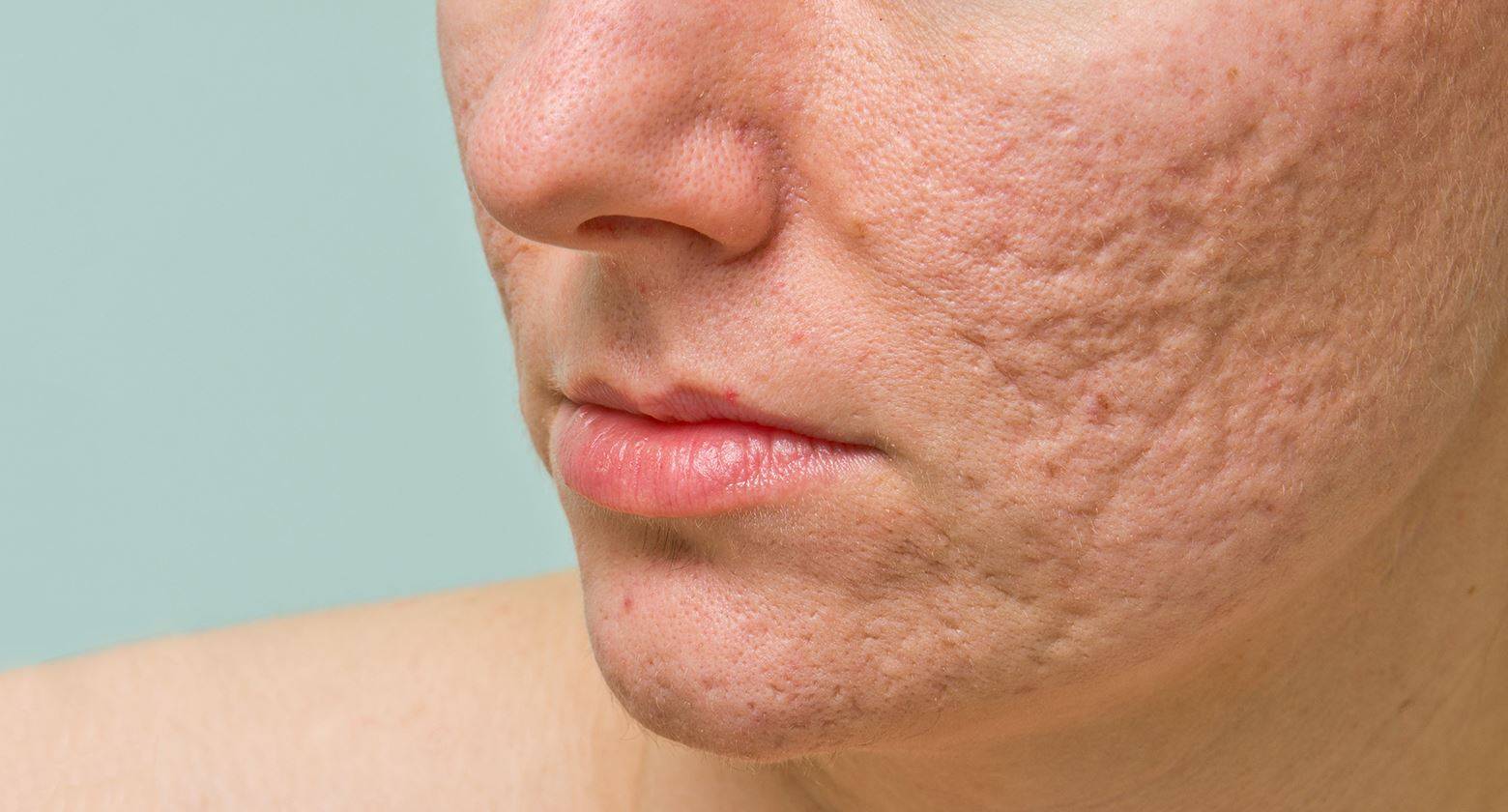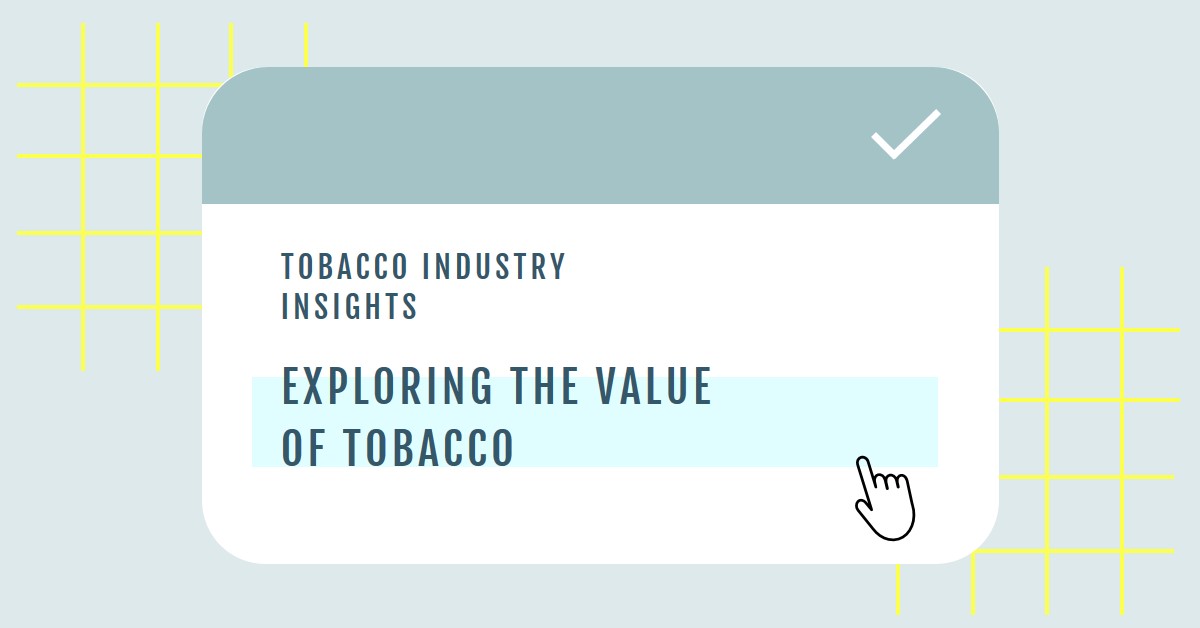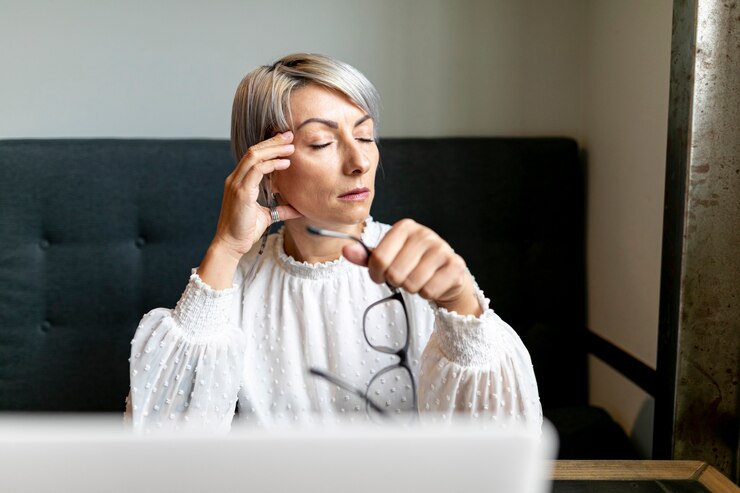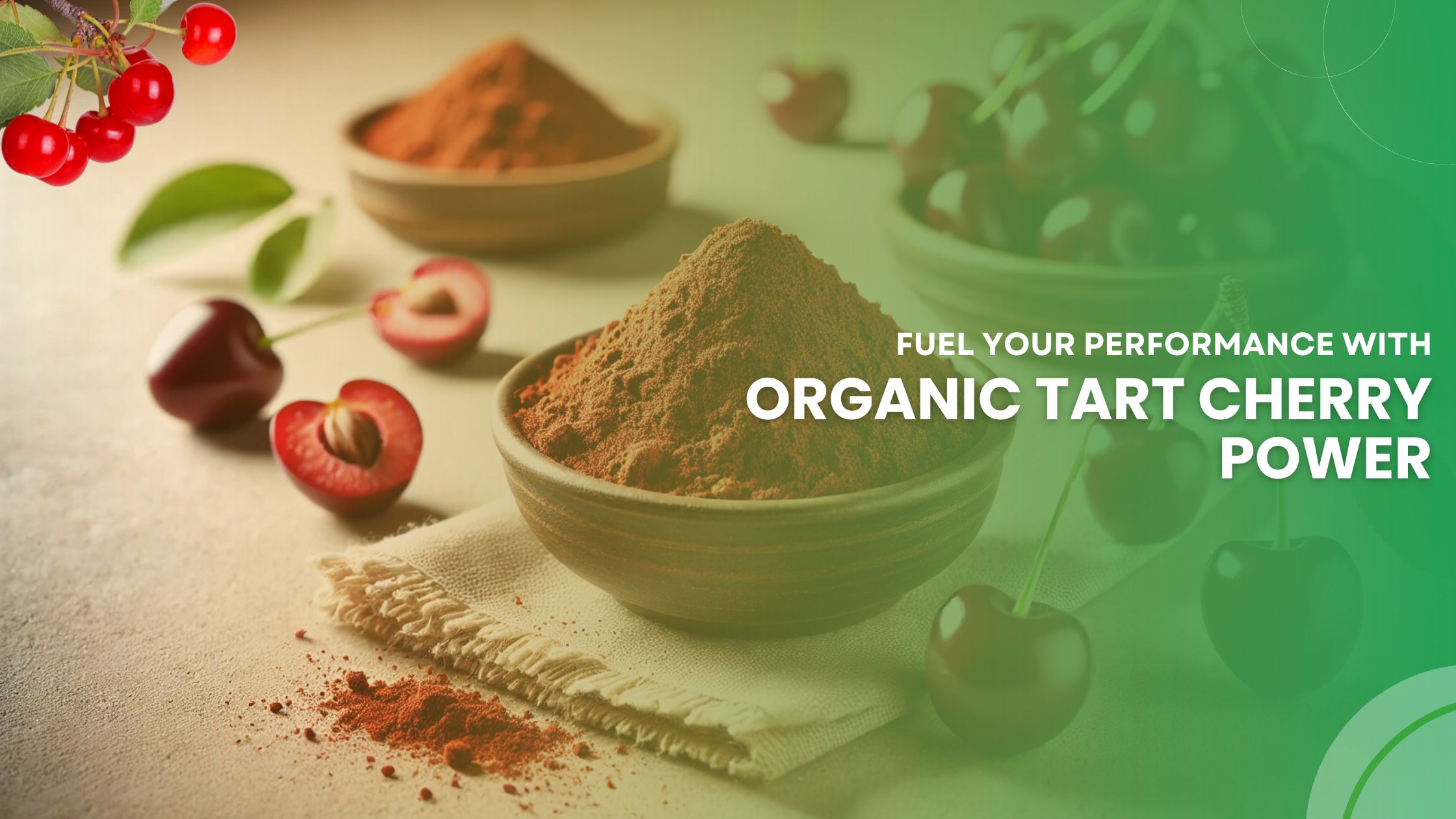Acne is one of the most common skin conditions affecting individuals worldwide. Among its many forms, cystic acne and hormonal acne are two distinct types that often cause confusion. While both can result in painful and persistent breakouts, understanding their differences is crucial for effective treatment. In this article, we’ll delve into what sets cystic acne apart from hormonal acne, their causes, symptoms, and the best treatment options available.
Understanding Cystic Acne
Cystic acne is considered the most severe form of acne. It is characterized by large, inflamed, and painful cysts that develop deep within the skin. These cysts are filled with pus and are often resistant to over-the-counter treatments.
Causes of Cystic Acne
Cystic acne occurs when the skin’s pores become clogged with excess oil, dead skin cells, and bacteria. The factors contributing to cystic acne include:
- Genetics: If your parents or siblings have had cystic acne, you’re more likely to develop it.
- Hormonal Imbalances: Hormonal fluctuations during puberty, menstruation, or pregnancy can trigger cystic acne.
- Diet: Consuming high-glycemic foods and dairy products may exacerbate cystic acne.
- Stress: Elevated stress levels can increase the production of cortisol, leading to more severe breakouts.
Symptoms of Cystic Acne
- Large, pus-filled cysts beneath the skin
- Redness and swelling around the affected area
- Painful lesions that may last for weeks
- Scarring or dark spots after the cyst heals
Understanding Hormonal Acne
Hormonal acne, as the name suggests, is primarily driven by hormonal fluctuations. It is most commonly seen in women due to the hormonal changes associated with their menstrual cycle, pregnancy, or menopause.
Causes of Hormonal Acne
Hormonal acne results from an overproduction of sebum triggered by hormonal shifts. Specific hormones, such as androgens, stimulate the sebaceous glands, leading to clogged pores and acne formation. Factors that contribute to hormonal acne include:
- Menstrual Cycle: Fluctuations in estrogen and progesterone levels can lead to breakouts.
- Polycystic Ovary Syndrome (PCOS): This condition often causes hormonal imbalances that trigger acne.
- Contraceptives: Certain birth control methods can either improve or worsen hormonal acne.
- Diet and Lifestyle: Foods high in sugar and processed carbs can worsen hormonal acne.
Symptoms of Hormonal Acne
- Breakouts concentrated around the chin, jawline, and lower cheeks
- Small, red pimples or whiteheads
- Acne flare-ups that correspond with the menstrual cycle
- Inflammatory and non-inflammatory lesions
Key Differences Between Cystic Acne and Hormonal Acne
While both cystic and hormonal acne share common triggers and symptoms, several key differences help distinguish between the two.
|
Feature |
Cystic Acne |
Hormonal Acne |
|
Severity |
Severe, with large, painful cysts |
Mild to moderate, with small pimples and zits |
|
Location |
Can occur anywhere on the face and body |
Typically around the chin, jawline, and neck |
|
Causes |
Genetics, bacteria, excess oil |
Hormonal fluctuations, lifestyle factors |
|
Scarring |
Often leads to scarring and pigmentation |
Scarring is less common |
|
Treatment |
Requires stronger medications (e.g., isotretinoin) |
Can improve with hormonal therapies |
Diagnosing Cystic and Hormonal Acne
Accurate diagnosis is essential for effective treatment. A dermatologist will typically evaluate the following:
- Medical History: Understanding your family history and personal health can provide clues.
- Symptoms: The appearance, location, and severity of acne help differentiate between cystic and hormonal types.
- Hormonal Tests: In some cases, blood tests may be conducted to assess hormone levels.
Treatment Options for Cystic Acne
Treating cystic acne requires a more aggressive approach due to its severity. Some of the most effective treatments include:
1. Topical Treatments
- Retinoids: Help unclog pores and reduce inflammation.
- Antibiotics: Combat bacteria and reduce swelling.
2. Oral Medications
- Isotretinoin: A powerful medication that targets all major causes of acne.
- Oral Antibiotics: Effective in reducing bacteria and inflammation.
3. Procedural Treatments
- Cortisone Injections: Reduce the size and pain of cysts quickly.
- Chemical Peels: Exfoliate the skin and reduce acne scars.
4. Lifestyle Changes
- Maintaining a balanced diet
- Managing stress levels through relaxation techniques
Treatment Options for Hormonal Acne
Hormonal acne often responds well to treatments that regulate hormone levels. Common options include:
1. Hormonal Therapies
- Birth Control Pills: Help regulate hormones and reduce acne.
- Spironolactone: Blocks androgen hormones, reducing oil production.
2. Topical Treatments
- Benzoyl Peroxide: Kills acne-causing bacteria.
- Salicylic Acid: Helps unclog pores and exfoliate the skin.
3. Dietary Adjustments
- Reducing sugar and dairy intake
- Increasing consumption of anti-inflammatory foods like fruits and vegetables
4. Natural Remedies
- Using tea tree oil for its antibacterial properties
- Incorporating zinc supplements to reduce inflammation
The Role of Skincare in Managing Acne
A well-planned skincare routine is essential for managing both cystic and hormonal acne. Here are some tips:
- Cleansing: Use a gentle, non-comedogenic cleanser twice daily.
- Moisturizing: Even acne-prone skin needs hydration. Choose oil-free moisturizers.
- Sun Protection: Apply sunscreen daily to prevent hyperpigmentation and scarring.
When to Seek Professional Help
If over-the-counter treatments and home remedies fail to improve your acne, it’s crucial to consult a dermatologist. They can provide personalized treatment plans, which may include prescription medications or advanced procedures.
For those seeking specialized care, clinics like estheticsbymonica offer tailored skincare solutions for acne. Their comprehensive approach ensures patients receive both effective treatment and education on maintaining clear skin.
Preventing Future Breakouts
While treating existing acne is essential, preventing future breakouts is equally important. Here’s how:
- Maintain a Healthy Lifestyle: A balanced diet, regular exercise, and adequate sleep can positively impact your skin.
- Stick to Your Skincare Routine: Consistency is key in keeping acne at bay.
- Manage Stress: Practice mindfulness or yoga to keep stress levels low.
Conclusion
Both cystic and hormonal acne are challenging conditions that require tailored treatment approaches. Understanding their differences can help in choosing the right course of action. Whether you’re dealing with painful cysts or persistent hormonal breakouts, timely intervention and professional guidance are crucial. Clinics like estheticsbymonica provide expert care, helping individuals regain confidence and achieve healthier skin.
By staying informed and proactive, you can effectively manage your acne and prevent long-term skin damage.




